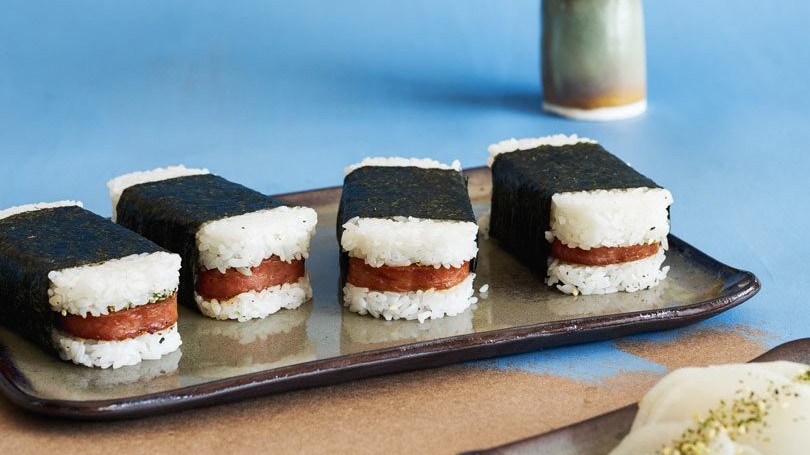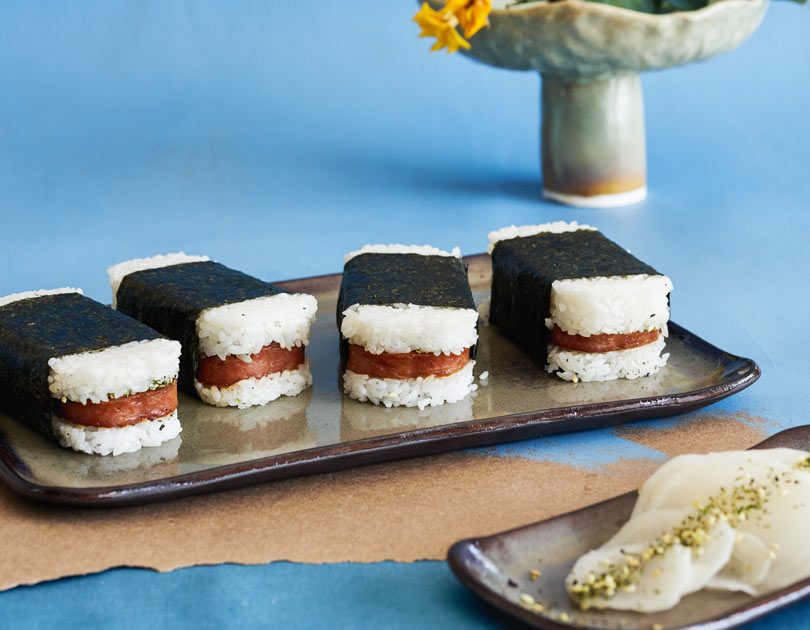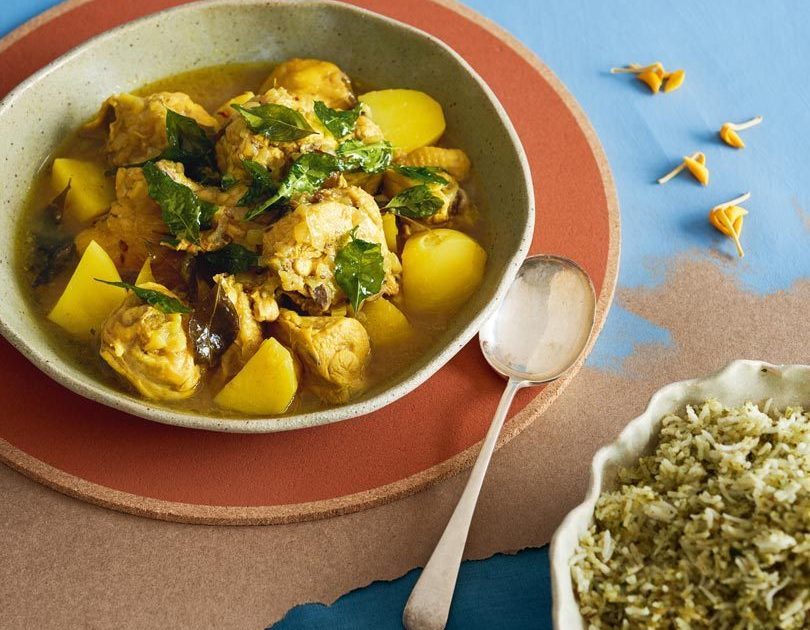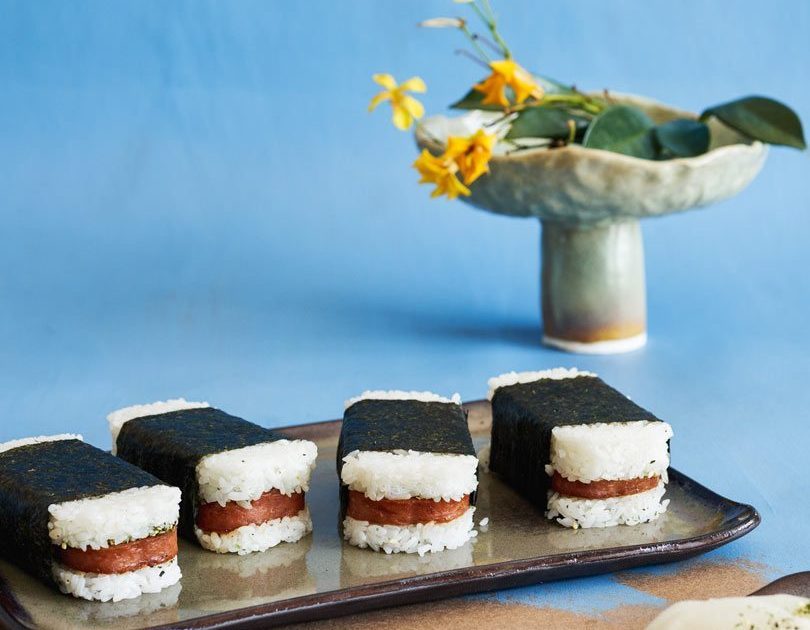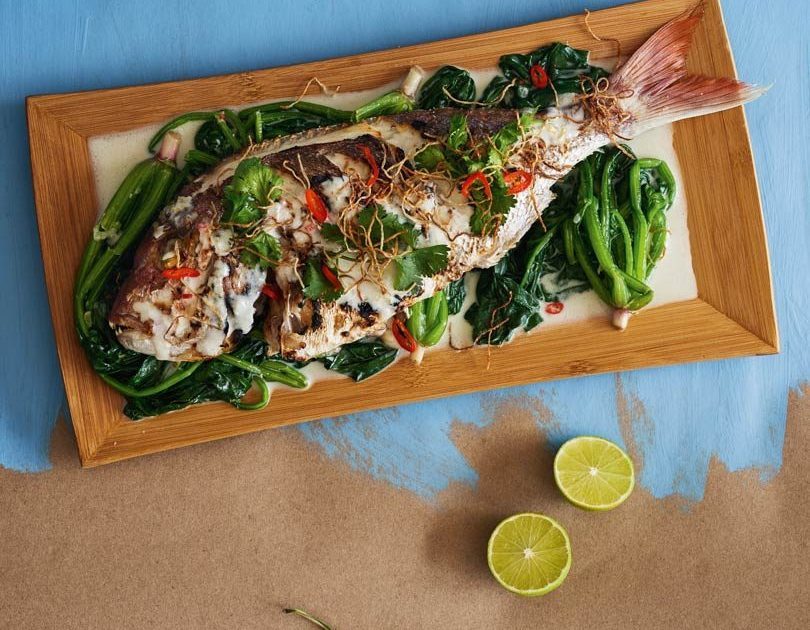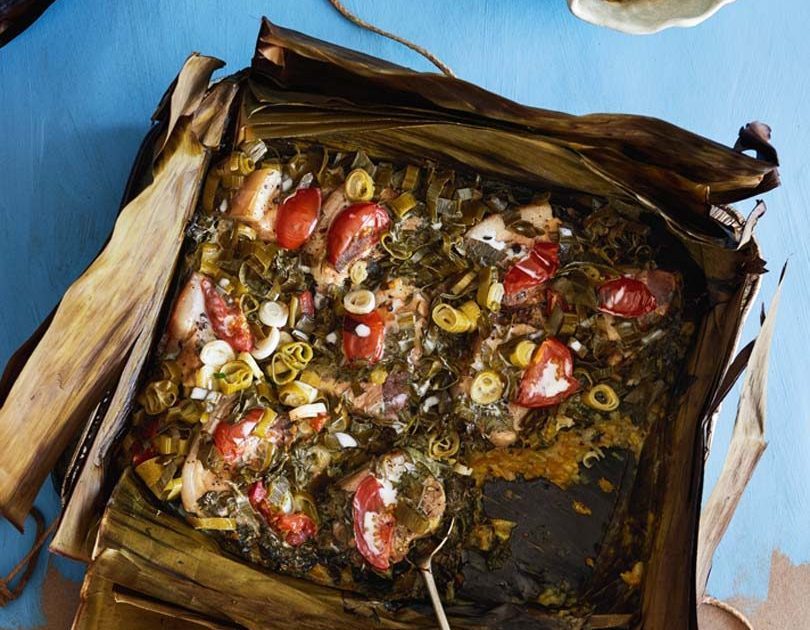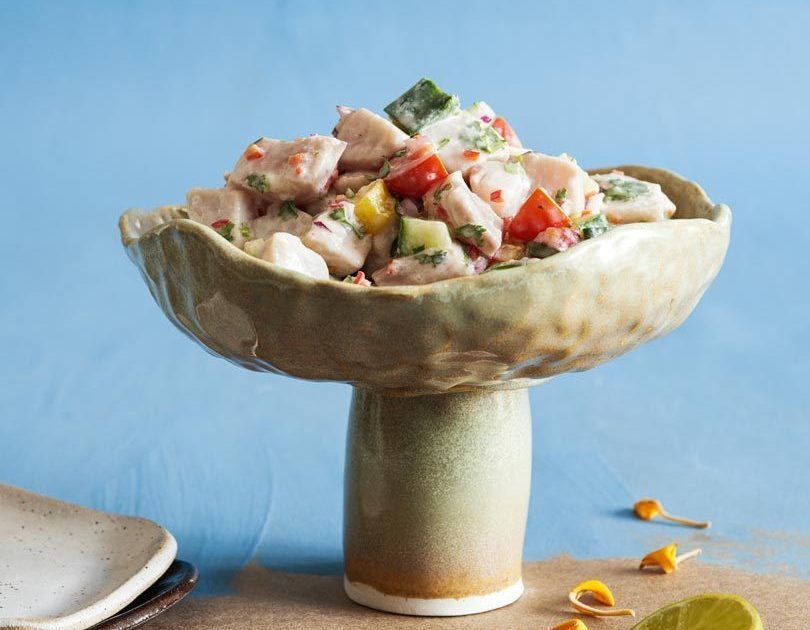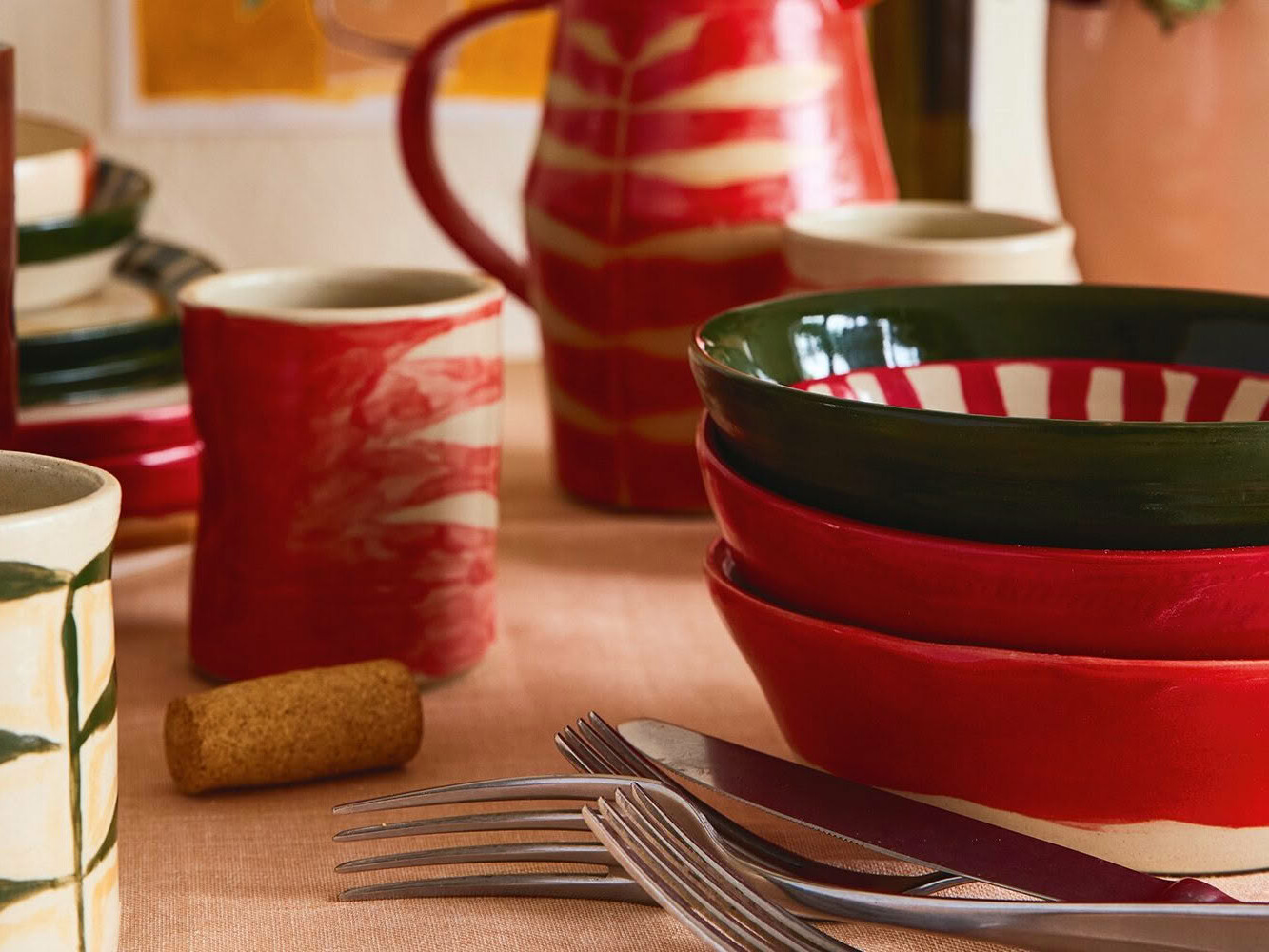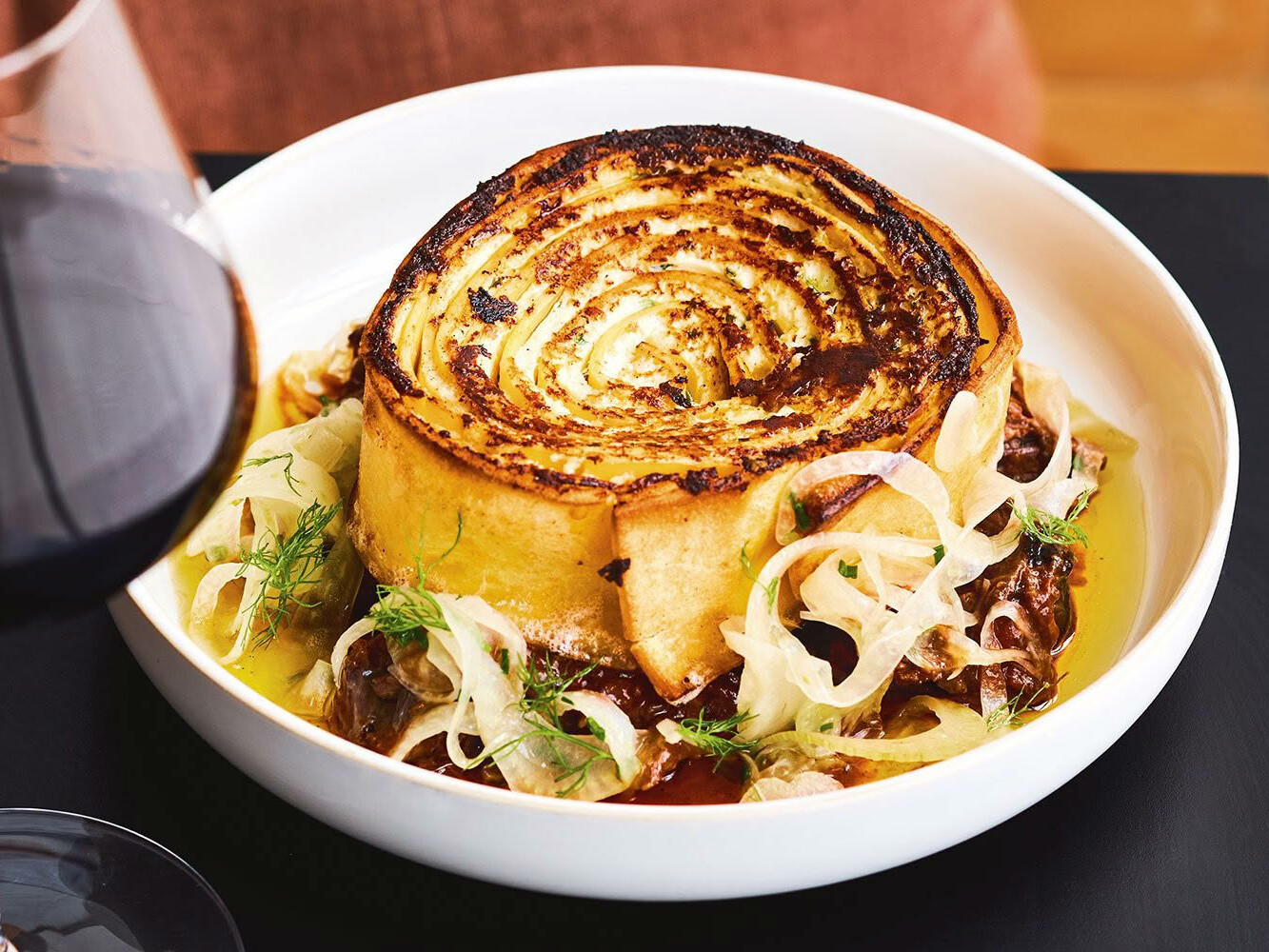GINNY GRANT TAKES INSPIRATION FROM THE CUISINES OF THE PACIFIC.
Does the thought of a recipe for Spam horrify you? Until I suggested using it in the musubi here I had never tasted it. My partner was appalled at the thought as he grew up on the stuff, courtesy of English parents with a postwar rationing mindset. So what started out as a joke became far more interesting as I started reading up on its popularity.
I’ve always been fascinated by the interplay of food, politics and culture, in part sparked by Mark Kurlansky’s book Cod: A Biography of the Fish that Changed the World, which documented how catching and preserving cod enabled long-term voyages of discovery and much more besides.
The dumping of cheap cuts of meat such as mutton flaps and corned beef throughout many of the Pacific Islands led to changes in diet and saw a rise in obesity and the healthrelated issues it engendered. In recent years, some countries, such as Fiji, have banned the importation of such products, but there is always a ready market in developing countries for lesser cuts that are rejected by their better-off home countries.
Yet there is an astounding array of fresh foods and delectable dishes to be had throughout the Oceanic region. There is a renaissance in traditional foods, some modern changes and a wealth of variety. Me’a Kai, the 2011 book by Robert Oliver with Tracy Berno and Shiri Ram, showcased the astounding depth of the foods of the Pacific. And when you are mostly an armchair traveller, being able to cook an approximation of the cuisine is often the first tantalising glimpse into its culture.

